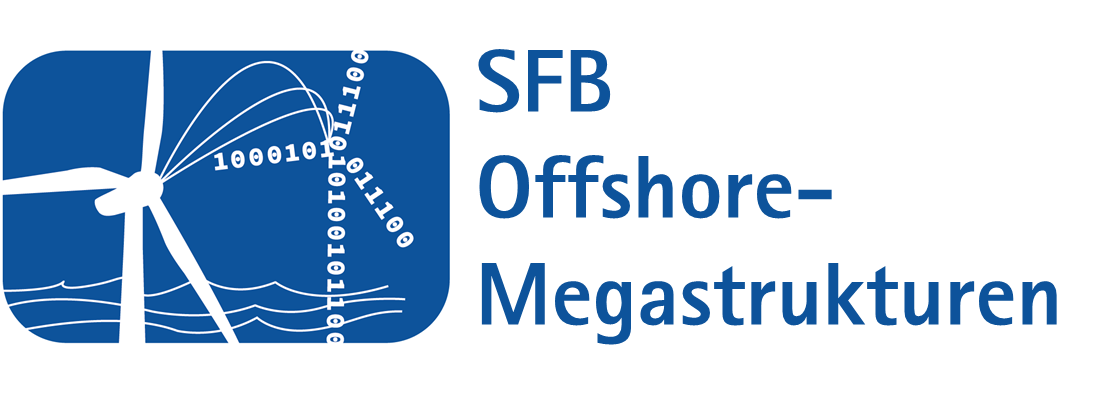The paper by de Souza e Silva et al. (2022), titled Directional Infragravity Waves Induced by Bichromatic and Bidirectional Waves: Theoretical Approach and Experimental Affirmation, published in ASCE's Journal of Waterway, Port, Coastal, and Ocean Engineering in May 2022, is available for download as an OpenAccess publication.
The paper shows that:
- (i) the magnitude of all properties of infragravity waves can be described by a second-order approach, but is strongly dependent on the individual combination of the periods and directions of the primary wave trains,
- (ii) the direction of the bound wave regularly differs from that of the primary waves, and
- (iii) the triggered radiation stresses of the infragravity waves outside the surf zone show a spatially and temporally oscillating pattern interacting with offshore megastructures.
In essence, the publication validates and extends the current knowledge that a multimodal and multidirectional sea state is the essential and necessary condition for the formation of two-dimensional wave groups and arise from the interaction between bidirectional primary wave trains, each with its own period, height, and propagation direction. Bimodal spectra of sea state, meanwhile, have been known for a long time, but are little understood nor predictable by modeling for loading functions of infrastructures. Essentially, they arise from changes in the wind pattern of the meteorological system, which is the basic requirement for superimposing the propagation of uncorrelated spectra that originated at different times and/or locations in the ocean. Previously, it was only known that the propagation of two wave trains with different characteristics in the same medium produce a long-period bound wave with a much lower wave height than the primary waves, which is not perceptible to the human eye but has remarkable effects on infrastructures or ships. The researchers from Hannover and Rio de Janeiro demonstrate for the first time in a systematic experimental series the so-called bidirectional and multimodal infragravity waves in an experimental setup in the laboratory, which have great relevance on hydrodynamic phenomena by causing, among others, morphological developments in shallow water or resonance phenomena in coastal and port structures or of offshore structures such as wind turbines and can lead to significant stress and fatigue phenomena.
The researchers not only demonstrate the occurrence and expression of infragravity waves, but also derive an analytical model for practical calculations for various conditions that lead to the formation of these long-period, directional wave trains.
Further information:












